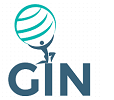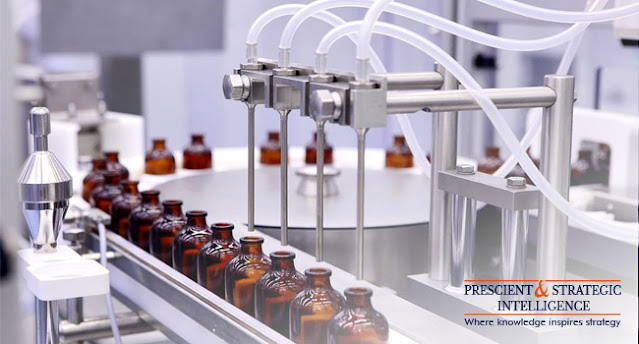The field of next-generation gynecological cancer diagnostics is experiencing continuous growth due to various factors such as the rising incidence of diabetes, increasing prevalence of gynecological malignancies, obesity in women, lifestyle changes, and menopause problems.
Advancements in sequencing technologies have empowered researchers and clinicians to gain insights into underlying mutations associated with gynecological cancers, leading to the discovery of biomarkers that guide targeted therapeutic decisions.
These diagnostic tests also enable early detection of cancers and other diseases, as well as accurate prognosis, which contributes to the future growth of the next-generation gynecological cancer diagnostics sector.
Uterine, cervical, and ovarian cancers are the most common gynecological cancer types in females globally. These cancers result from acquired and inherited mutations, epigenetic factors, genomic aberrations, transcriptional aberrations, or a combination of these factors. A comprehensive understanding of genomics, molecular substructure, and gynecologic cancers is essential to develop effective biomarkers for detection, prevention, molecular profiling, and personalized treatment strategies.
Next-generation gynecological cancer diagnostics play an important role in controlling, preventing, and investigating cancerous diseases.
Uses Case of Next-Generation Gynecological Cancer Diagnostics
Next-generation gynecological cancer diagnostics are used for the detection of various cancers, including ovarian, uterine, vulvar, cervical, and vaginal cancer.
Among these, the utilization of these diagnostics for uterine cancer is particularly high and continuously increasing. This is due to the rising global incidence of uterine cancer, driven by factors such as increased menopause issues after age 55, higher prevalence of high blood sugar levels and blood pressure, the aging female population, rising rates of obesity and overweight, and elevated estrogen levels.
Furthermore, the utilization of these diagnostics for cervical cancer is expected to increase in the future, considering the growing prevalence of cervical malignancies in women worldwide.
Application of Next-Generation Sequencing (NGS) Technology
Next-generation gynecological cancer diagnostics employ technologies such as polymerase chain reaction (PCR), next-generation sequencing (NGS), and DNA microarrays.
NGS technology is particularly prominent in this field, as it can identify actionable genetic alterations that can be targeted with therapy. NGS demonstrates a 33.4% chance of identifying gynecologic cancers and exhibits a high clinical action rate. The clinical utility of NGS has also been shown to improve survival in individuals who receive targeted treatment.
Additionally, NGS plays an important role in tumor analysis and has greatly facilitated the molecular profiling of solid tumors.
DNA microarrays technology is also increasingly utilized in this context. These microarrays provide a powerful and advanced approach to studying the molecular basis of relationships on a scale that conventional methods cannot achieve.
Furthermore, they enable the simultaneous assessment of the expression of thousands of genes, leading to the development of rationale approaches for therapy, as well as advancements in gynecological cancer diagnosis and prognosis. As a result, DNA microarrays find wide application in hospitals and diagnostic laboratories.
Hence, with the advancements of technology in healthcare, developing infrastructure of healthcare, implementing advanced and rapid diagnosis of diseases, and mounting investment by both domestic and foreign businesses across Asian countries, the demand for next-generation gynecological cancer diagnostics will continue to increase, and it will reach a value of USD 5,135 million by the end of this decade.

















